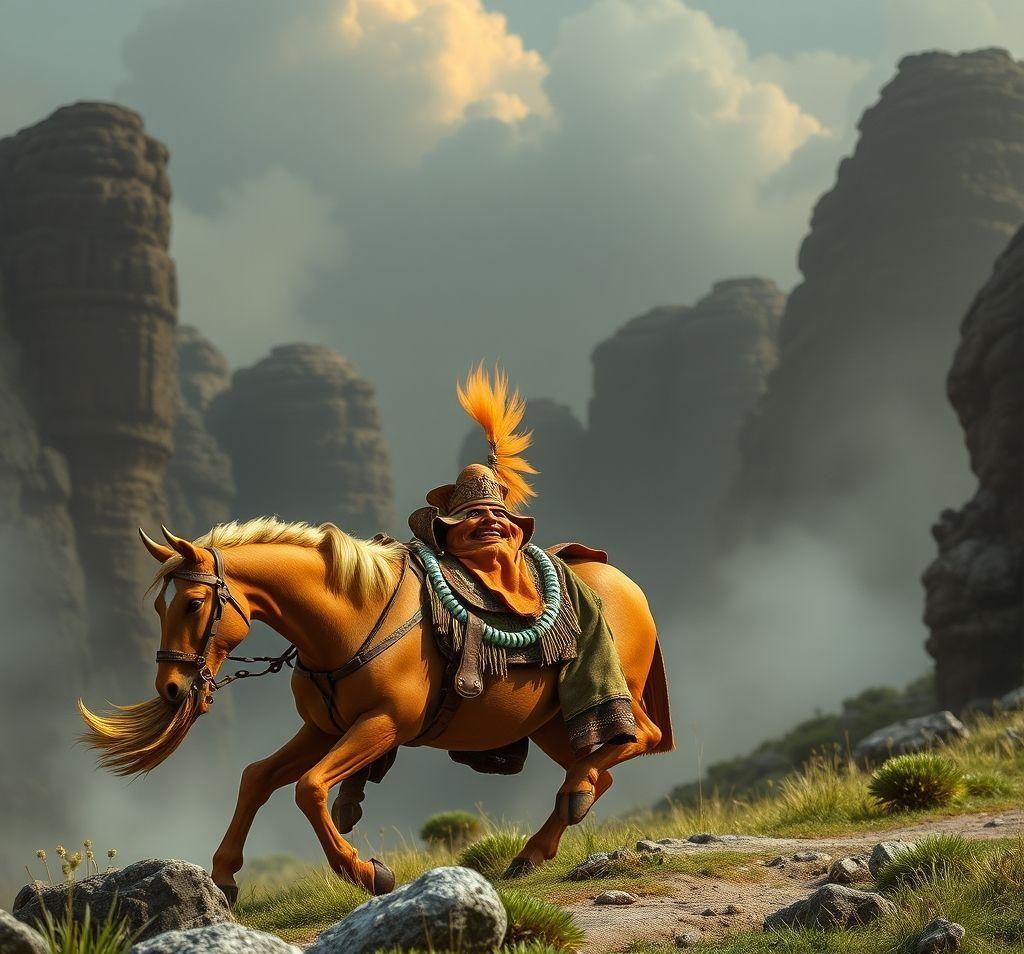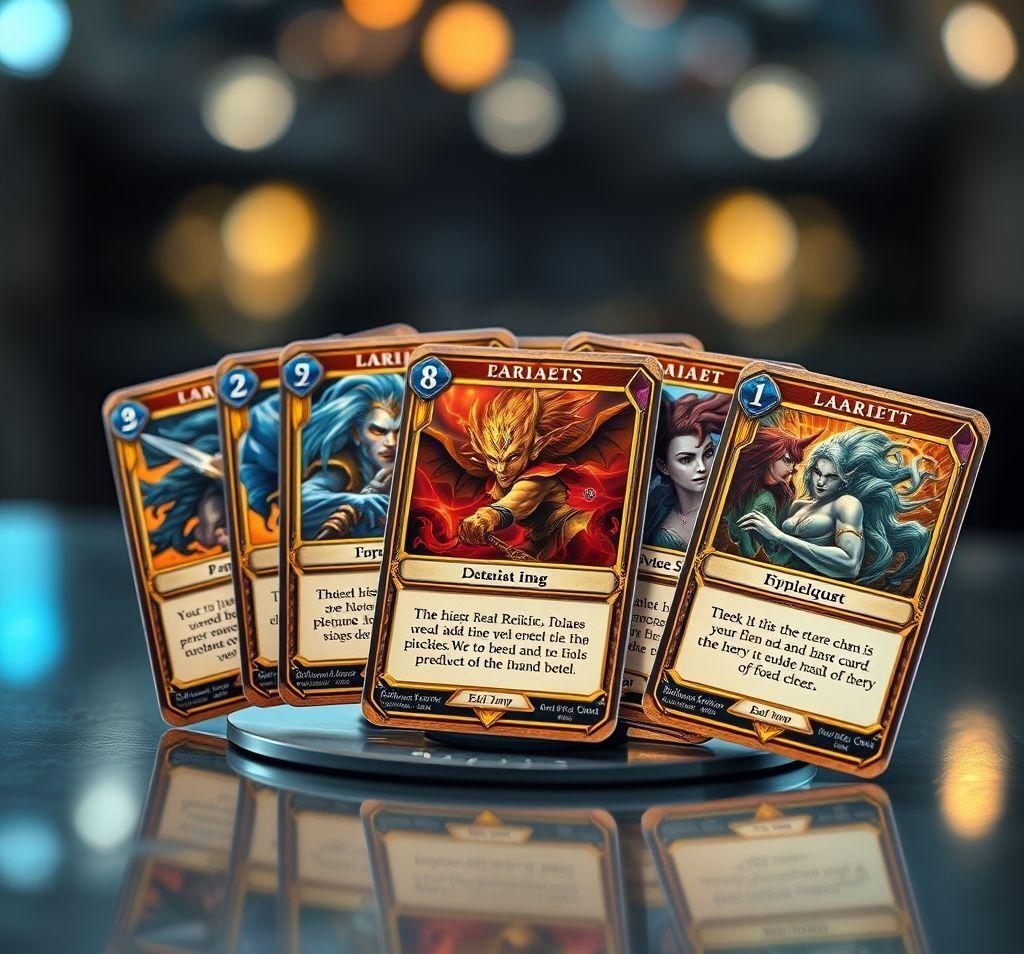
The world of NFTs is constantly evolving, and a fascinating new trend is emerging: historical NFT cards. These digital collectibles feature depictions of mythological heroes, historical figures, and legendary events, tapping into our collective cultural memory. But why are these ancient legends becoming so popular in the digital age? Let’s explore the rise of historical NFT cards and why they’re capturing the attention of collectors and enthusiasts alike.
A Modern Take on Ancient Lore
The appeal of historical NFT cards lies in their ability to bridge the gap between the past and the present. For centuries, humans have been fascinated by stories of gods, heroes, and pivotal moments in history. These narratives offer valuable lessons, inspire awe, and connect us to something larger than ourselves. NFT technology provides a unique platform to reimagine these stories for a modern audience.
Imagine owning a limited-edition NFT depicting King Arthur wielding Excalibur, or a digital card showcasing Cleopatra’s reign. These NFTs are not simply images; they’re interactive pieces of art, often accompanied by rich historical information, animations, or even augmented reality experiences. This blend of history, art, and technology creates a compelling collector’s item that transcends the limitations of traditional trading cards.
The Allure of Scarcity and Provenance
Like other NFTs, historical NFT cards leverage blockchain technology to ensure scarcity and authenticity. Each card is unique and verifiable, making it a valuable asset for collectors. The provenance of an NFT can also add to its value. For example, a card designed by a renowned artist or associated with a significant historical event would naturally command a higher price.
The limited supply of these cards creates a sense of exclusivity and drives demand. Collectors are drawn to the idea of owning a rare piece of digital history that can be traded, displayed, or simply admired. This scarcity, combined with the emotional connection to the subject matter, makes historical NFT cards a potentially lucrative investment.
Cultural Nostalgia and Community Building
Beyond the financial aspects, historical NFT cards tap into a deep well of cultural nostalgia. Many people have fond memories of learning about mythology and history in school or through their own personal interests. These NFTs offer a way to reconnect with those passions and share them with others. Online communities are forming around specific historical periods, figures, or artistic styles, fostering a sense of camaraderie among collectors.
The act of collecting historical NFT cards can be seen as a form of digital storytelling, where collectors curate their own virtual museums filled with artifacts of the past. This engagement with history is not passive; it’s active and participatory, encouraging collectors to learn more about the stories behind the cards and share their knowledge with others.
The Future of Historical NFTs
Historical NFT cards are more than just a fleeting trend; they represent a new way of engaging with history and culture. They combine the allure of collecting with the power of storytelling, offering a unique blend of entertainment, education, and investment potential. As the NFT market continues to mature, we can expect to see even more innovative and engaging historical NFT projects emerge, further blurring the lines between the past and the present.
In conclusion, the rise of historical NFT cards reflects our enduring fascination with the past. These digital collectibles offer a new way to experience and share our cultural heritage, while also providing a potentially lucrative investment opportunity. By tapping into cultural nostalgia, ensuring scarcity, and fostering community, historical NFT cards are poised to become an increasingly popular trend in the ever-evolving world of NFTs. The past, it seems, has a bright future in the digital realm.




No Comments